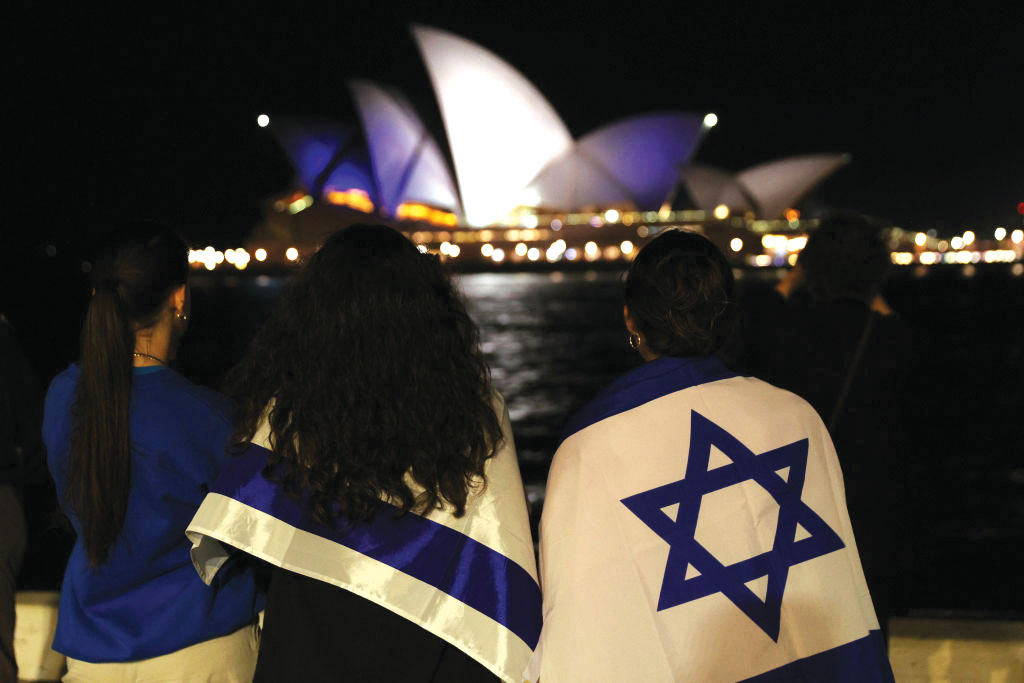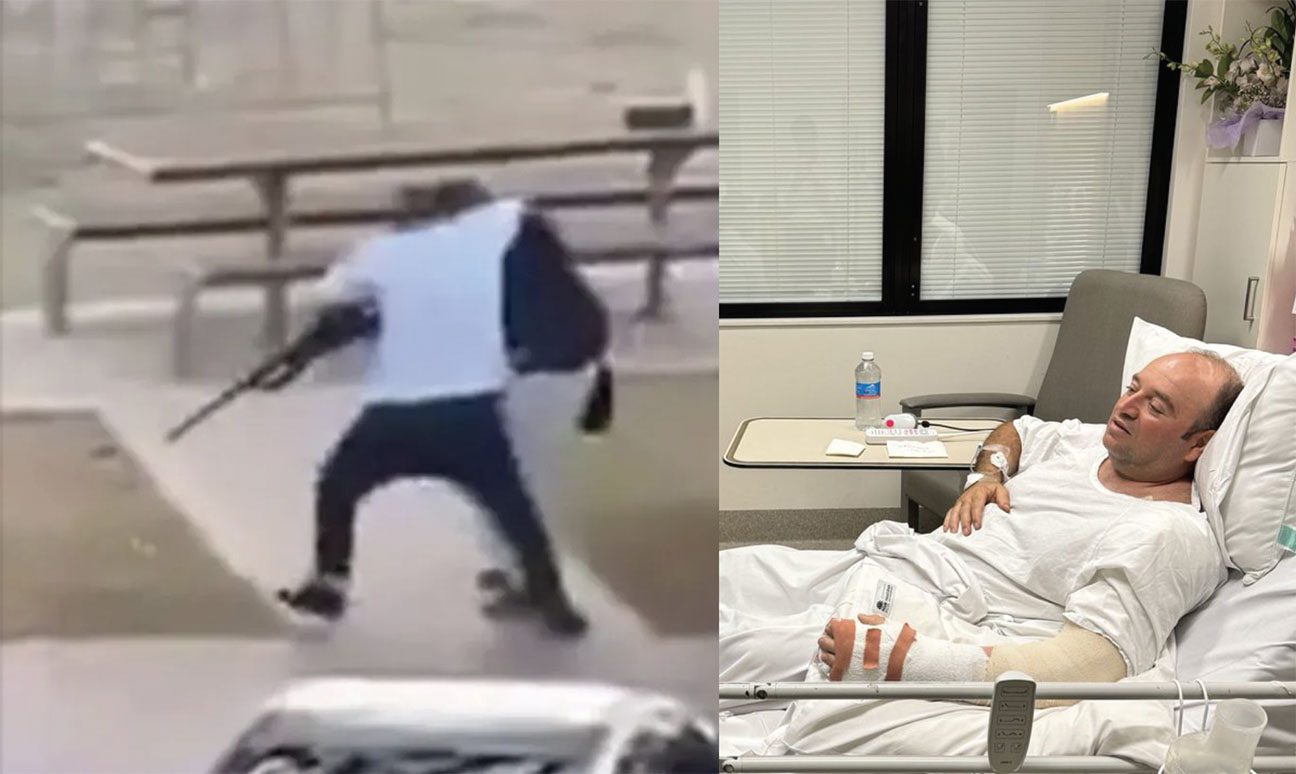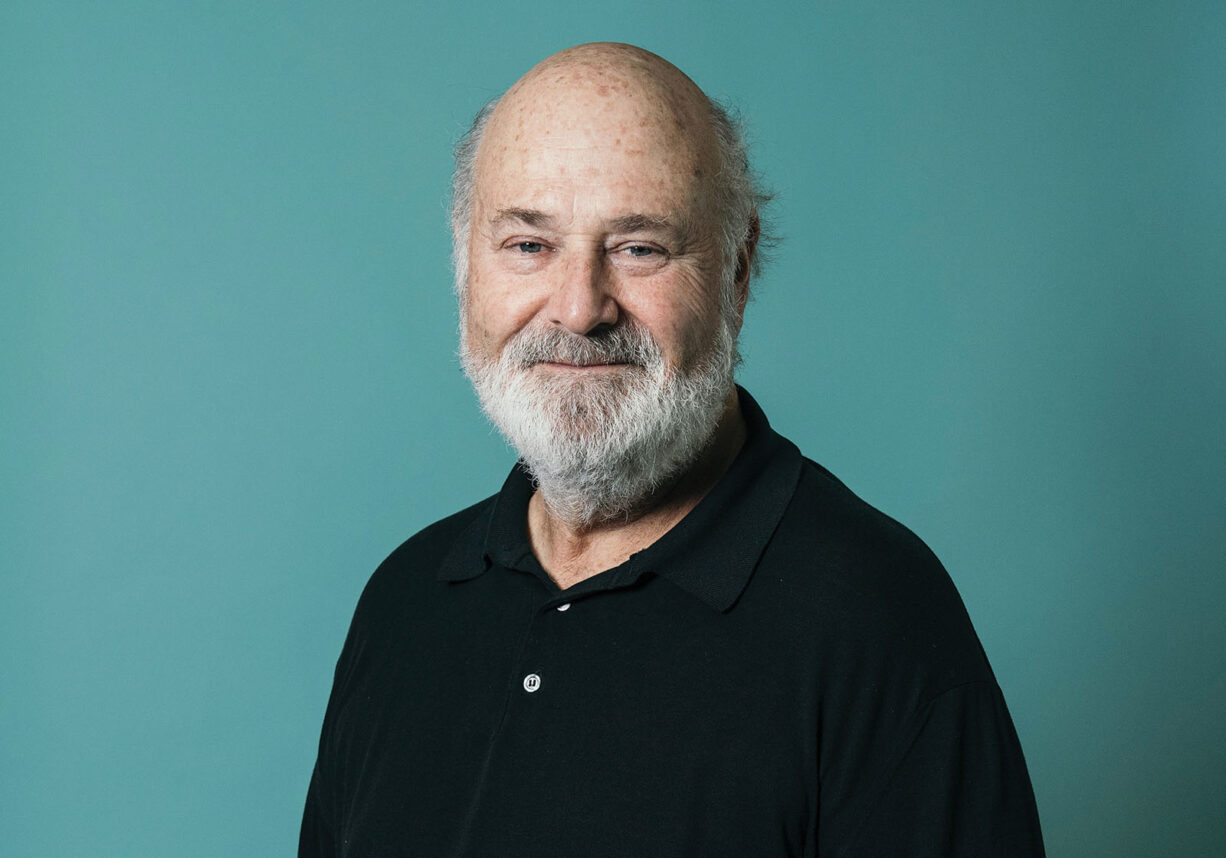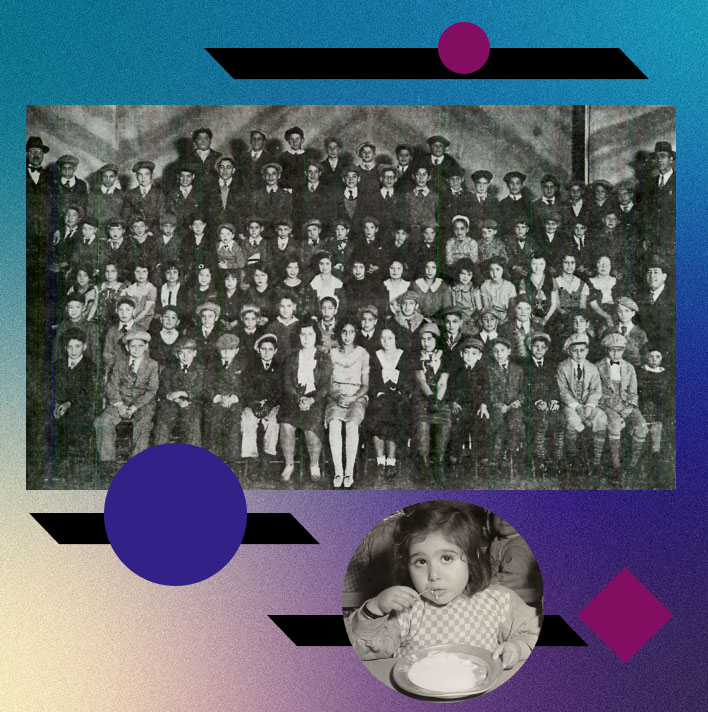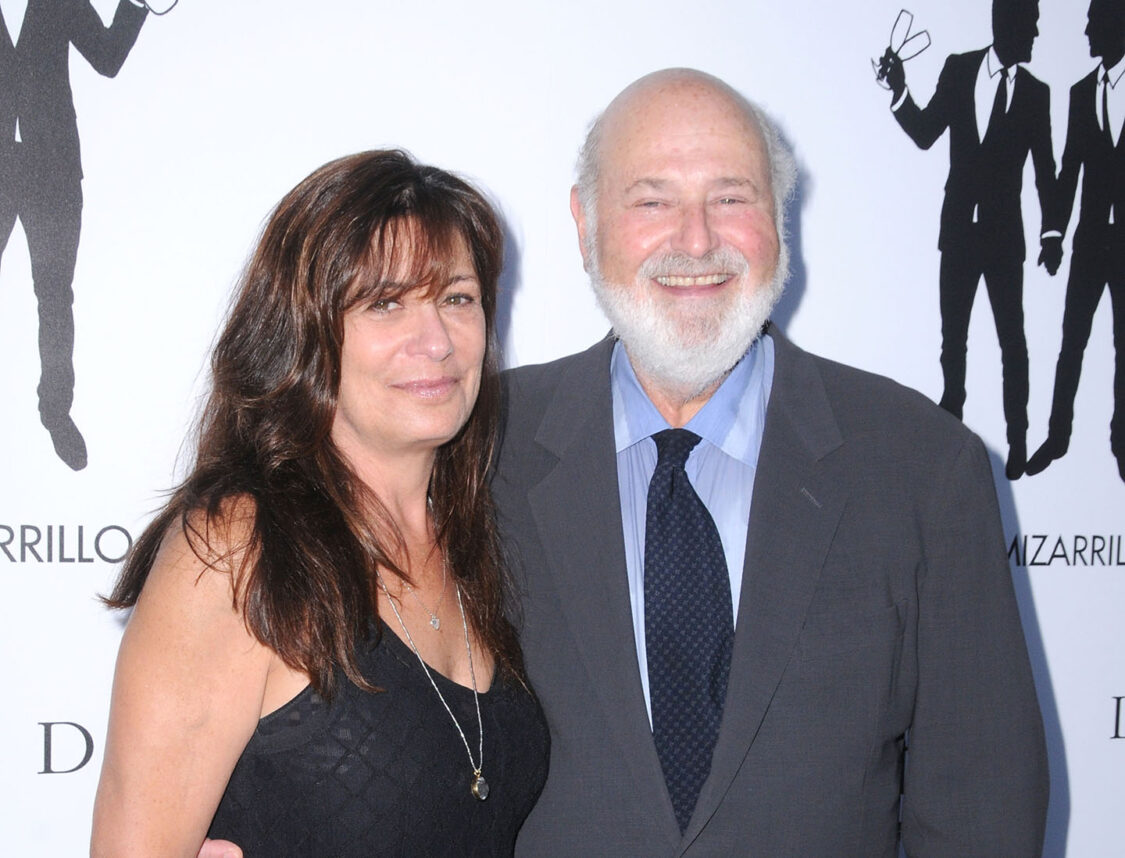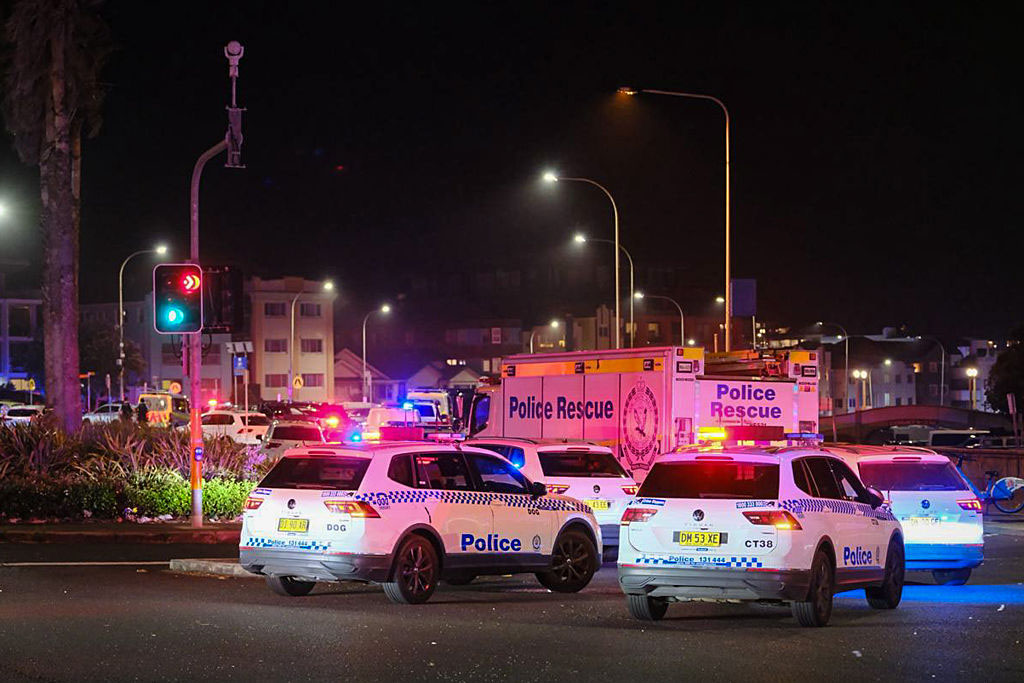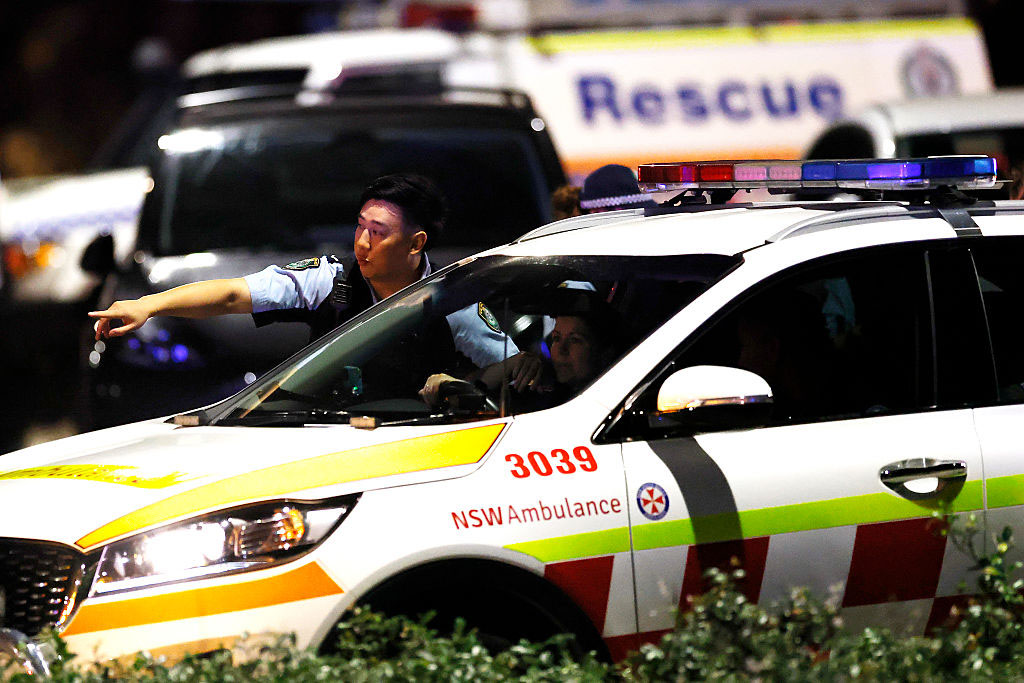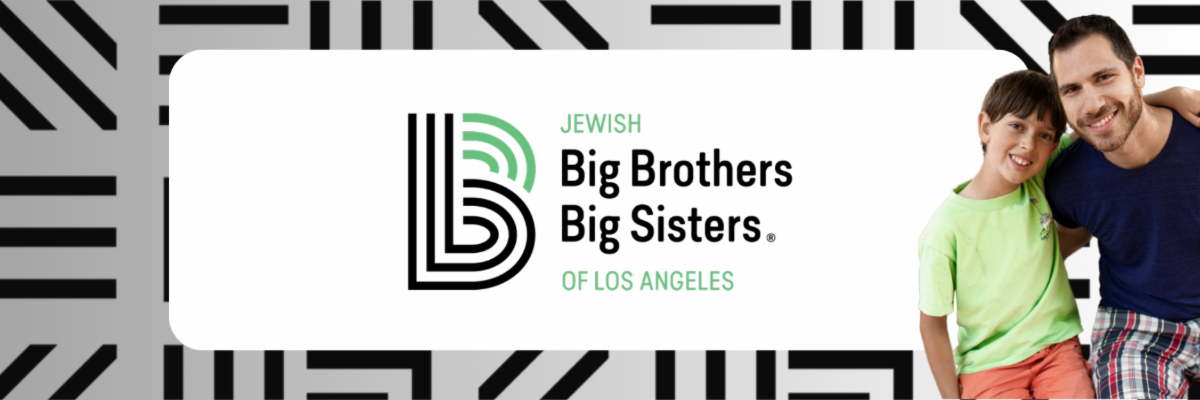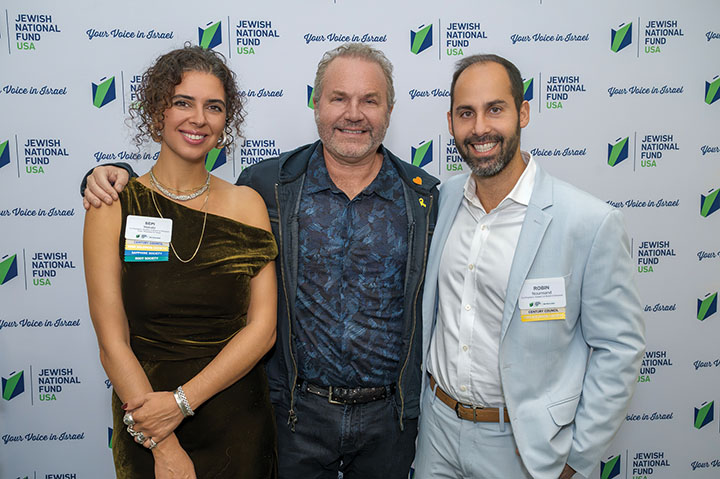The late photographer Larry Sultan was fascinated with the mundane. A longtime San Fernando Valley resident, he captured images of his parents at home, of porn stars looking bored between shoots and of day laborers in neighborhoods where they could never afford to live.
The exhibition “Larry Sultan: Here and Home” continues through March 22, 2015, at the Los Angeles County Museum of Art (LACMA). It’s Sultan’s first full retrospective, including more than 200 photographs representing five major bodies of work, beginning with his conceptual and collaborative projects of the 1970s and ending with his solo efforts that were cut short by his death in 2009 at 63 from cancer.
Sultan played with the conventions of documentary photography, turning his lens toward his family and those around him. He examined California like an anthropologist, looking beneath the surface at the often-hidden communities that make up the region’s tapestry.
The show begins with his final project, “Homeland” (2006–2009) then moves backward chronologically. Sultan moved to Northern California in the early 1970s, but he continued to draw inspiration from the landscapes of Southern California. His photos of Latino men — staged with day laborers he hired from waiting areas outside hardware stores — show them standing on the edges of suburbia in the coastal areas of San Francisco Bay. The men are shown taking food to a potluck, or standing in a batting cage, as if they’re re-creating the idea of home.
“I’m not sure if there is a specific term for these places,” Sultan wrote. “They are deeply reminiscent of the terrain I sought out as a child; the empty fields behind malls and scruffy borderlands of the L.A. River that ran behind my house in the San Fernando Valley. These places represent a small and vanishing patch of paradise that existed just outside the boundaries of property and ownership; a free zone that eased my (adolescent) uncertainty and provided a safe place away from the judgments of others.”
The themes of labor and domesticity continue in Sultan’s series “The Valley” (1998–2003), which skewers the fantasy world of pornography. Actors, directors and assistants all look equally unaroused amid the middle-class homes of the San Fernando Valley that were rented for the shoots. If sex is happening, it’s off to the side or in the background, with the cameras and booms in the foreground. The images are absurd and slightly off-kilter in revealing the carefully crafted illusion of sexual transgression.
“I’ve been on sets where you see a porn actress standing in a room naked, and you start to look around and you see details — a mezuzah and a Book of Knowledge on the bookshelf,” Sultan wrote. “She does something to that room and that room does something to her. There’s a reciprocity of strangeness going on in there.”
Perhaps Sultan’s best-known series is “Pictures From Home” (1982–1992), a beautiful record of his elderly parents. The images look more like documentary film stills than staged family snapshots, with his parents sitting around the kitchen table, gazing at a sunset or reading in bed. In one striking image, called “My Mother Posing for Me,” Sultan’s father is seated and watching baseball on TV while his mother stands against a wall and stares directly into the camera. The image raises questions of gender roles and expectations, of family relationships, and of beauty and aging.
 “Dad With Golf Clubs” (1987), from the series “Pictures From Home.”
“Dad With Golf Clubs” (1987), from the series “Pictures From Home.”
“What drives me to continue this work is difficult to name. It has more to do with love than with sociology, with being a subject in the drama rather than a witness,” Sultan wrote. “I realize that beyond the rolls of film and the few good pictures, the demands of my project and my confusion about its meaning, is the wish to take photography literally. To stop time. I want my parents to live forever.”
Sultan’s father moved the family from Brooklyn to the San Fernando Valley in the late 1940s and became a successful salesman, but lost his job when his company merged and he refused to move back to the East Coast. The series “Pictures From Home” is supplemented with actual family photos from Sultan’s childhood, and documents, such as the termination notice his father received from the Schick Safety Razor Co. in 1971.
 “My Mother Posing for Me” (1984)
“My Mother Posing for Me” (1984)
“My family’s home movies were a repository of the most romantic, lavish pictures of home,” Sultan wrote. “I began to study these home movies, looking for myself, looking for the evidence of my life. I realized I could reshape them like a good dream. I could reinsert myself into family life, I could tell the story of my family through their documents.”
Documentary photographer Catherine Opie, a professor of photography at UCLA, studied under Sultan at the San Francisco Art Institute in 1983. “One of the things that I love about Larry the most in terms of his teaching is that he built my inner confidence around what I was making,” she said. “So he didn’t necessarily want me to emulate him at all as an artist, nor did he feel that he had all the right answers. What he did was, he looked at your work very thoughtfully, and then encouraged you to continue with it.”
The LACMA exhibition also includes “Swimmers” (1978–1981), a formal exploration of public swimming pools, with images taken underwater of legs and arms. Another room in the exhibition shows a sampling of magazine editorial assignments. His commercial work influenced his artistic work, as well. “The Valley” is from a photo shoot for Maxim. When he was hired by Interview to photograph socialite Paris Hilton, Sultan rented his childhood home and posed her sitting in a bathrobe in his parents’ former bedroom.
The series ends with “Evidence” (1977), made collaboratively with Mike Mandel, inspired by the discovery of NASA’s photographic records. The pair created a fictitious enterprise named for a defunct postcard company, and managed to access similar archives at corporations, research institutions and public agencies across the country. By placing these found images of industrial processes and experiments in a sequence, the work creates a narrative where there is none, bringing into question ideas of reality, art and appropriation.
“What they were really interested in was different ways of putting these images out into the world,” Mandel said. “So, making these small books, making billboards and allowing people to see images and photographs in ways that they might not otherwise anticipate. Not in a museum, not in a gallery, but out in the world.”
LACMA has re-created one of the unique designs for billboards by Sultan and Mandel, and put them up at 15 locations around Los Angeles — a 1975 billboard that reads “Oranges on Fire,” with a drawing of a hand holding a few flaming oranges. By adapting a well-known marketing image and attaching a nonsensical message to it, Sultan and Mandel mimicked advertisements but also forced passers-by to confront their own role in a commercial system.
“Larry Sultan: Here and Home” continues through March 22, 2015 at the Los Angeles County Museum of Art.














